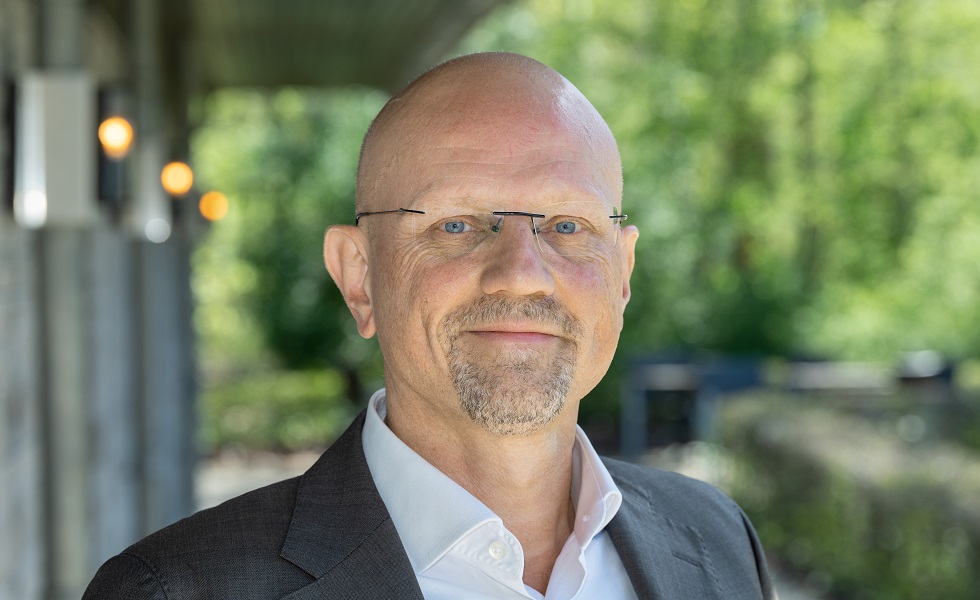Harry Geels: How the AI gold rush is changing our economic system
Harry Geels: How the AI gold rush is changing our economic system

This column was originally written in Dutch. This is an English translation.
By Harry Geels
By 2025, the seven largest technology companies are expected to invest more than $300 billion in AI infrastructure: the largest wave of private investment since the construction of the American railways in the 19th century. This wave of capital has far-reaching consequences for growth, competition, innovation, wealth distribution and the environment.
According to analyses, the so-called Magnificent 7 – think Microsoft, Alphabet, Meta, Amazon and other hyperscalers – will already have aggregate investments (capex) of approximately $330–$340 billion by 2025, compared to substantially lower amounts a year earlier. In some cases, capex ratios of 18% or more of revenue are mentioned, which is striking in a sector that has traditionally been asset-light. Investments in data centres are also increasing explosively (see Figure 1).
Figure 1

1) A new industrial revolution or just capital deepening?
On the one hand, this wave of investment could be seen as the start of a new industrial phase: just as steam, railways and electricity revolutionised the economic infrastructure in the past, AI infrastructure could be a “general purpose technology” that stimulates growth across multiple sectors. But there is also another side to it: for the time being, it is mainly capital-intensive – servers, data centres, chips – with very long payback periods.
Investments also seem to be outpacing the spread of productive applications. The economy is modernising its machinery faster than it is finding recognised productive use cases. Many hope for real productivity gains, but we are also seeing speculative overinvestment, echoing the telecom and internet boom of the 1990s. This raises the question: is this growth structurally innovative, or primarily capital-intensive without broad diffusion? As with the internet, we will only know this in hindsight.
2) Concentration of power and competition
Who can still keep up with this race? The investment threshold is tens of billions of dollars, rounded down, and only the biggest players seem to be able to compete in the rat race. Small businesses will be dependent suppliers or users of the infrastructure of the big players. As I have often argued, many sectors have turned into oligopolies, sometimes even monopolies, leading to pricing power and lobbying power for the big oligopolists and monopolists.
This further changes the economic model: no longer open markets, but integrated platform oligopolies with AI computing and data centres as their core input. As Joseph Schumpeter once said, “Monopoly is the child of innovation, but it also tends to destroy its parent”. The discourse is changing: from previously relatively low investment levels, Big Tech is raising investment to levels comparable to industry, an indication that there is indeed a new “revolution” underway.
3) The nature of innovation forces is changing
Economists often say that large companies innovate less than small companies. But for AI, scale can actually be an advantage. Generative models and gigantic data sets require massive computers, scale and capital. Innovation becomes capital-driven rather than idea-driven. The paradox: never before has innovation been so concentrated and so expensive. The result: the economy can become more advanced, but also less agile. The diversity of ideas also decreases.
4) Distribution of wealth and value
Who are the winners? The shareholders of the Magnificent 7, highly qualified engineers, chip manufacturers, and possibly also consumers, at least if AI leads to new products at lower prices, which remains to be seen. But there are also losers: small-scale suppliers, middle-class workers, regions without access to data or computers. Returns on capital may rise faster than those on labour. AI could thus be the next “great machine of wealth concentration”.
5) Environment, the silent costs of AI
The ecological footprint of AI is enormous: training large models requires a lot of electricity and water. However, environmental issues are hardly prominent in the debate anymore. Even Bill Gates – once a major advocate of climate action – has recently downplayed the urgency of emission targeting, because “strict environmental regulations could slow down the AI revolution”. In the WSJ, he made a number of striking statements, such as: “Using more energy is a good thing, because it means economic growth”.
This highlights a new area of tension: digital ambition versus planetary limits. Data centres that support AI are energy, cooling and infrastructure monsters. Every new capacity shift invests in stable – often fossil fuel-based – power grids, which can slow down the renovation of renewable systems. The AI gold rush thus appears to be a new form of resource use: not coal or oil, but data and energy.
Conclusion: what kind of growth is this?
When seven companies invest more in AI in a single year than almost all countries spend on education, not only does technology change, but we also risk sliding into neo-feudalism. The question is no longer whether we are growing, but who is growing and how that growth affects our freedom and prosperity. The real test is whether this new growth serves the broader human goal – of innovation, opportunity, sustainability – or whether it is just an even greater leap forward in power for a limited number of companies.
This article contains the personal opinion of Harry Geels









